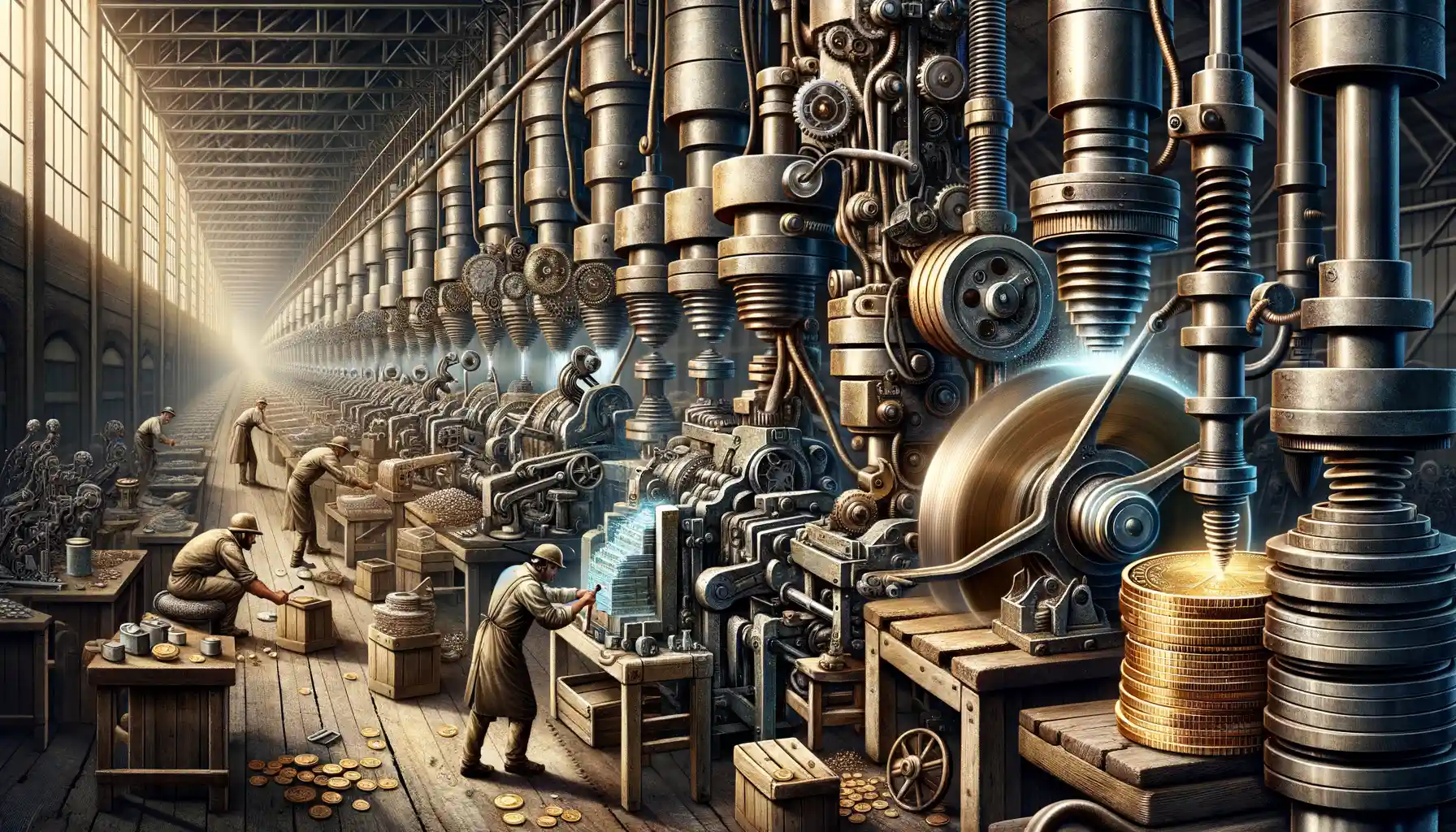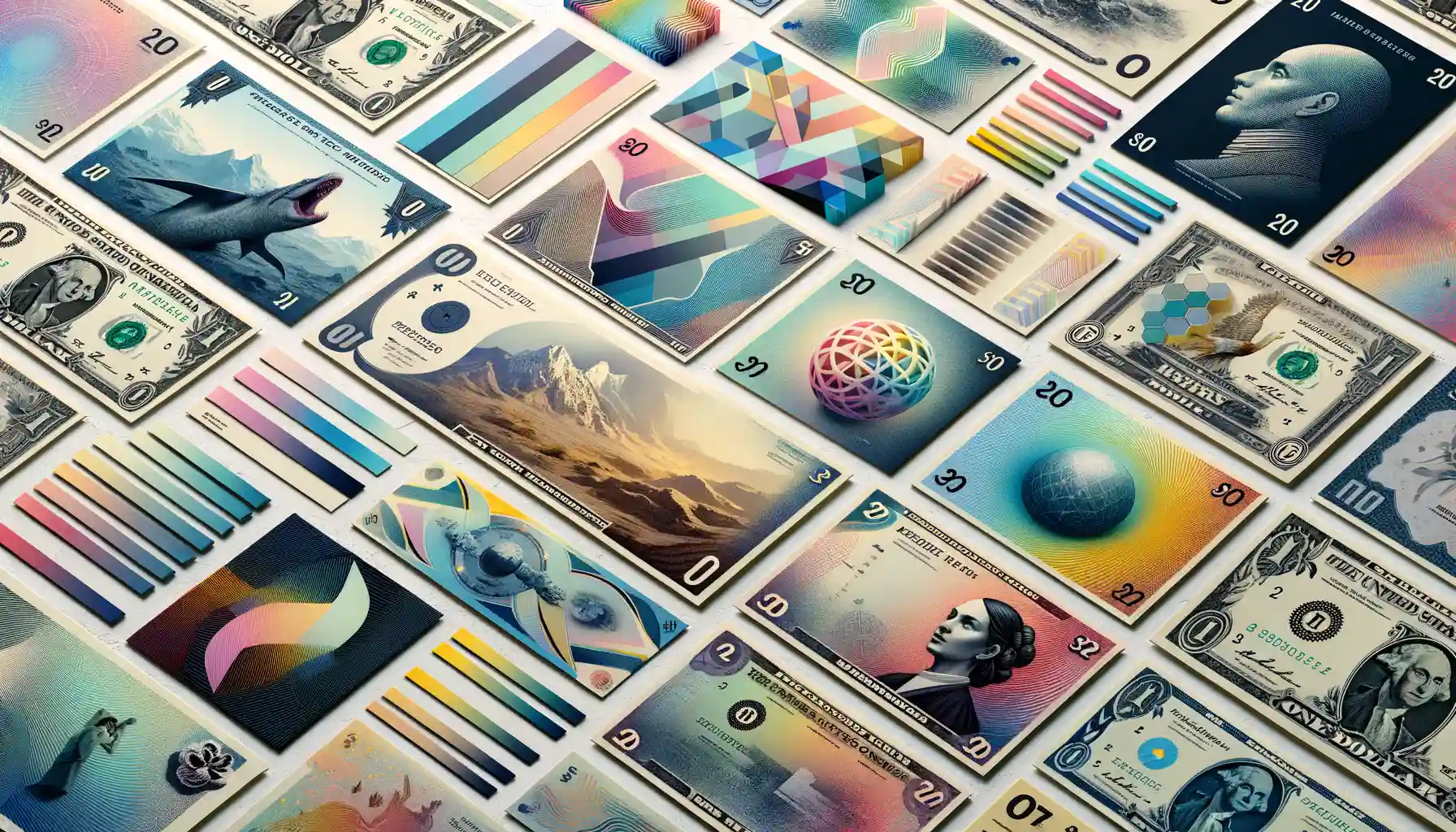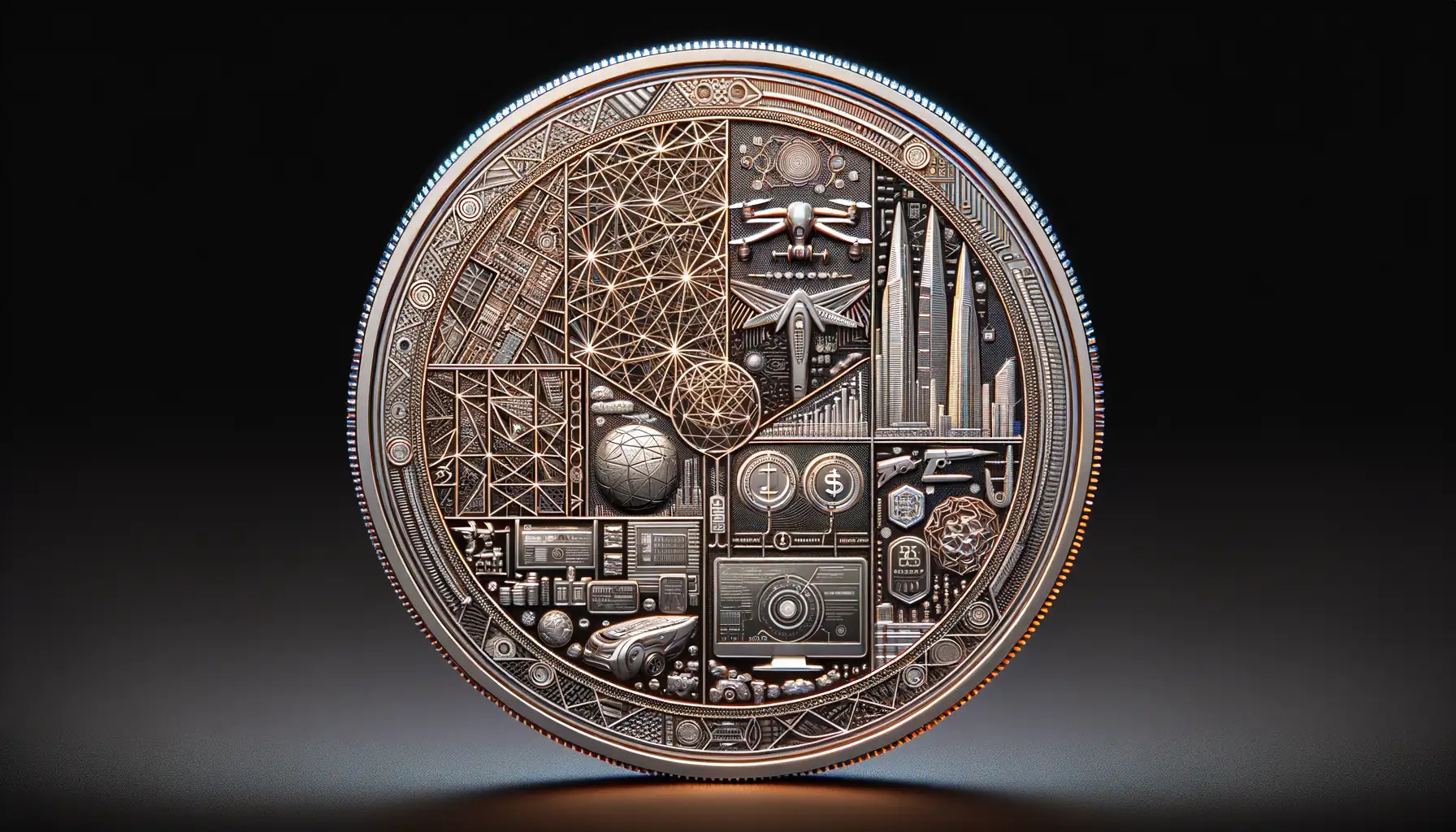Historical Beginnings of Coin Design
Close your eyes for a moment and imagine the very first coins in human history. Small, simple, yet brimming with purpose. These weren’t just pieces of metal—they were revolutionary. The journey of coin design began around the 7th century BCE in the ancient kingdom of Lydia, where the earliest coins made of electrum (a natural alloy of gold and silver) were born. But let’s not stop there—Lydia may have struck the first coin, but it wasn’t the only civilization with artistic ambitions.
The Artistic Stories on Early Coins
If you held an ancient Greek drachma, it would feel like holding an artwork. These coins became miniature canvases depicting gods, myths, and animals. The owl of Athena, goddess of wisdom, proudly perched on the Athenian tetradrachm, symbolized knowledge and prosperity. And who can forget Alexander the Great? His coins didn’t just pay for goods; they cemented his image as a godlike ruler across lands!
- The Roman coins? They turned propaganda into an art form, every emperor’s face etched with precision, their victories narrated in metal.
- In China, early coins included square holes for easy stringing on cords—a practical flair unique to their culture.
From Functionality to Symbolism
What separates those early metallic tokens from today’s currency? Their focus wasn’t just on trade—it was about identity. Coins conveyed pride, power, and culture. It’s almost as if with every exchange, they whispered stories to their holders. Imagine how thrilling it must have been to see these intricate designs and know they represented something bigger than yourself.
The Artistic and Cultural Significance of Coins

Coins: Tiny Works of Art That Tell Stories
Imagine holding a coin in your hand. It’s not just a chunk of metal – it’s a miniature canvas painted with the dreams, history, and identity of an entire culture. The intricate swirls, regal profiles, and bold inscriptions pressed into each coin carry the whispers of people from centuries ago. Every curve and line reflects the essence of its time, whether it’s the refined elegance of a Renaissance-era florin or the rugged simplicity of an ancient Greek drachma.
Unlike paintings tucked away in galleries, coins are art you can hold, trade, or even lose in the couch cushions. They’ve immortalized everything from gods and emperors to animals, mythical creatures, and national symbols. Think of the detail on the Roman denarius, where the profile of Julius Caesar is so lifelike you almost expect him to blink.
- Ancient Athenian coins bore the wise owl, a nod to Athena, their patron goddess.
- The Indian Gupta Empire featured deities in moments of grace – dancers, warriors, creators.
- Modern coins? They highlight astronauts, activists, and even beloved authors like Maya Angelou.
A Cultural Time Capsule in Your Pocket
Coins are more than currency; they’re storytellers. During wartime, for example, metals like gold and silver were swapped out for tin or aluminum, silently narrating tales of scarcity and resilience. In contrast, rich empires flaunted wealth through gilded designs and intricate carvings that screamed opulence.
Maybe you’ve noticed how today’s quarters in the U.S. celebrate diverse states or how Japan’s yen often features cherry blossoms, blending tradition with national pride. These details anchor coins not only in economic systems but also in our collective memory. A coin is a piece of its era pressed into eternity – one small but mighty ambassador of art and culture.
Technological Advancements in Coin Production

The Birth of Precision: The Machinery Revolution
Imagine a world where every coin was shaped by hand, each one slightly imperfect, bearing the subtle quirks of its craftsman. That’s how coins were made for centuries—until groundbreaking machinery entered the scene. The 16th century marked the arrival of the screw press, a game-changer in every sense. By using force to strike metal blanks, it created coins with sharp details and uniformity that hand-hammering could only dream of achieving.
Fast forward to the Industrial Revolution, and things got even more exciting. Steam-powered coin presses roared to life, their rhythmic clanking revolutionizing mints worldwide. Now, coins weren’t just tools for trade; they became miniature canvases capable of detailed artistry, thanks to newfound precision. Today, we owe much to these innovations that transformed coins into items of both utility and beauty.
Laser Engraving & Modern Marvels
If the Industrial era was bold, modern advancements are pure wizardry. Take laser engraving, for example. This technique carves out intricate designs with unerring accuracy, making everything from complex holograms to anti-counterfeit micro-text possible. And don’t get me started on smart materials—coins embedded with QR codes or responding to UV light?
Here’s a glimpse into today’s high-tech techniques:
- Hydraulic presses: Crushing power for multi-ton force stamping.
- Electroplating: Think gold or silver finishes applied atom-by-atom.
- Commemorative runs: Where vibrant color printing meets traditional minting.
Each new innovation paves the way for storytelling through design, making coins something you want to marvel at, not just spend. Isn’t it thrilling how far we’ve come?
Modern Design Trends in Currency

The Rise of Artistry and Innovation in Modern Currency
What’s in your wallet? Beyond the numbers stamped on it, modern currency is an explosion of creativity and high-tech craftsmanship. Today’s coins are no longer just utilitarian objects—they’re miniature masterpieces, telling stories of heritage, progress, and even environmental awareness.
Take the shimmering beauty of Australia’s $2 commemorative coins, for instance. Their vivid colors pay tribute to Indigenous cultures and historical events with breathtaking precision. Or the €5 Finnish coins, designed with a touch of Scandi minimalism that whispers “less is more.” Yes, even pocket change can feel like walking through an art gallery!
Blending Tech and Tradition
Modern design trends are all about merging the past with the future. Coins gleam with laser-etched holograms, micro-text patterns, and even augmented reality elements. Imagine scanning a coin to unlock a virtual tour of its history—it’s not science fiction anymore!
Some emerging styles include:
- Sustainability-driven materials: Eco-friendly alloys replacing traditional metals.
- Interactive designs: Coins with movable mechanisms or hidden details you can uncover.
It’s fascinating how designers push boundaries while keeping currency functional. Every flip of a coin now invites curiosity, awe, and maybe even a little envy from collectors worldwide.
The Future of Coin Design

When Innovation Meets Imagination
The future of coin design is like a blank canvas just waiting for the brushstrokes of bold innovation. Picture this: a world where your coins are more than just currency — they’re interactive, intelligent, and personal. With advances like holographic imagery and augmented reality, the simple act of holding a coin could transform into a visual journey through history or culture. Imagine scanning a commemorative coin with your phone and watching it come alive with 3D animations or historical narratives.
But that’s just scratching the surface. Material science is pushing boundaries too. We’re talking eco-friendly alloys that shine as brightly as tradition demands, but leave a lighter footprint on our planet. Future coins could embed advanced anti-counterfeiting microchips or even use cutting-edge fingerprint recognition tech to create a unique bond between owner and currency.
- Wearable coins: Coins integrated into jewelry or accessories, blending fashion with function.
- Customizable designs: What if you could mint your own family crest or favorite artwork?
The possibilities are endless, and truth be told, a bit mind-boggling in the most exciting way. Coins of the future won’t just jingle in your pocket; they’ll tell stories, reflect your passions, and maybe even get smarter every year.
